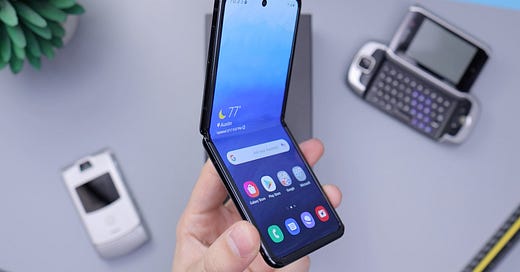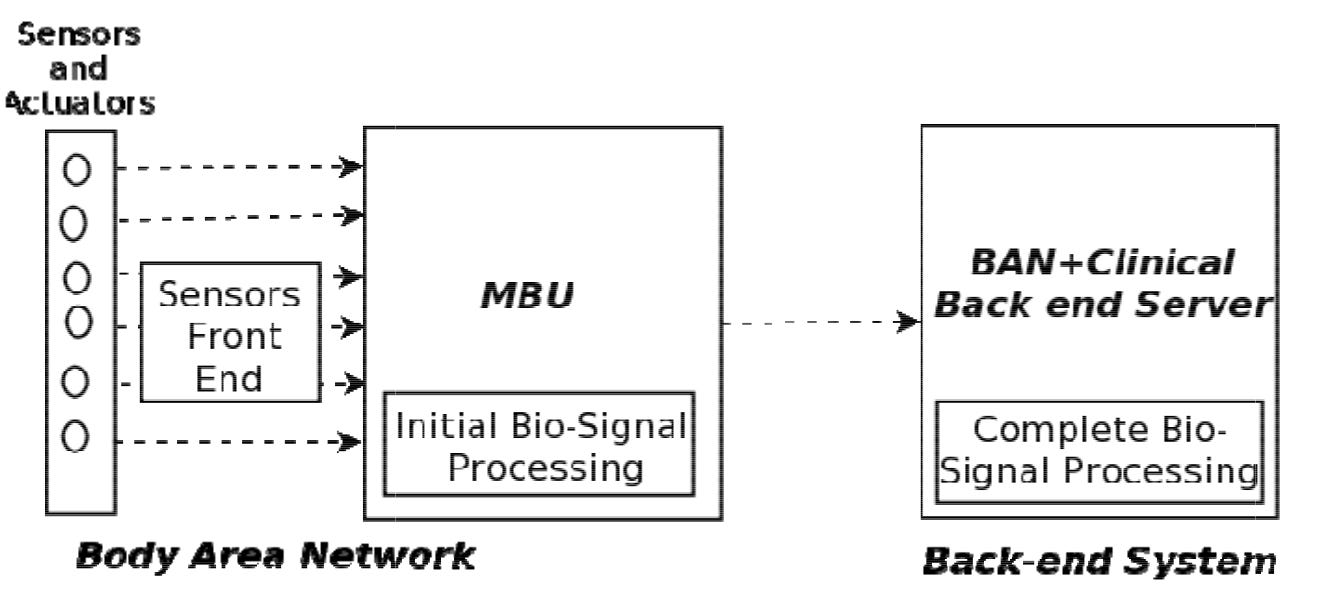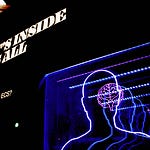(Source:https://unsplash.com/photos/PdfqLVSk-kg)
This technological innovation is an application of mobile computing and wearable sensors to provide good health and well being. Mobile Patient Monitoring (MPM) is an activity for chronic disease management through continuously tracking the health status of a patient.
A typical MPM system has two component, i.e. Body Area Network (BAN) and Back End System (BESys). The BAN is defined as a network of communicating devices worn on or around the body which is used to acquire health-related data to provide mobile health services to the patient. As shown in Figure, the BAN consists of a Mobile Base Unit (MBU) and a set of BAN devices such as sensors, actuators, or other wearable devices used for medical purpose. The sensors may directly transmit the bio-signal data to the MBU or do it via the Sensor Front-End (SFE). The BESys comprises the back-end server, which can be of two types: back-end server to which the MBU transmits bio-signal data and clinical back-end server, which may host custom healthcare applications.
From the functional point of view, the MPM systems perform the following five activities.
Data acquisition: BAN acquires the physiological data actively or passively by interacting with the patient. Data can comprise vital signs, blood glucose levels, responses to specific health conditions and general health questions, and patient location.
Data Transmission: After the data is acquired, data is then packaged, transferred and delivered to the caregivers and third parties via different modes of communication.
Bio-signal Interpretation: Algorithms and healthcare workers interpret and review the data and determine if there are any areas for concern.
Notification: If needed, clinicians, family, caregivers, third parties or the patients themselves are notified of a potential problem through either the device itself or an intermediary healthcare worker.
Intervention: Caretakers can then take action when intervention is needed.
These systems are either designed for a specific community or people suffering from a particular disease such as cardiovascular disease, depressive illness, dementia, hypertension, and diabetes. Few of these systems are dedicated to the older age group patients and mass casualty victims.














Share this post